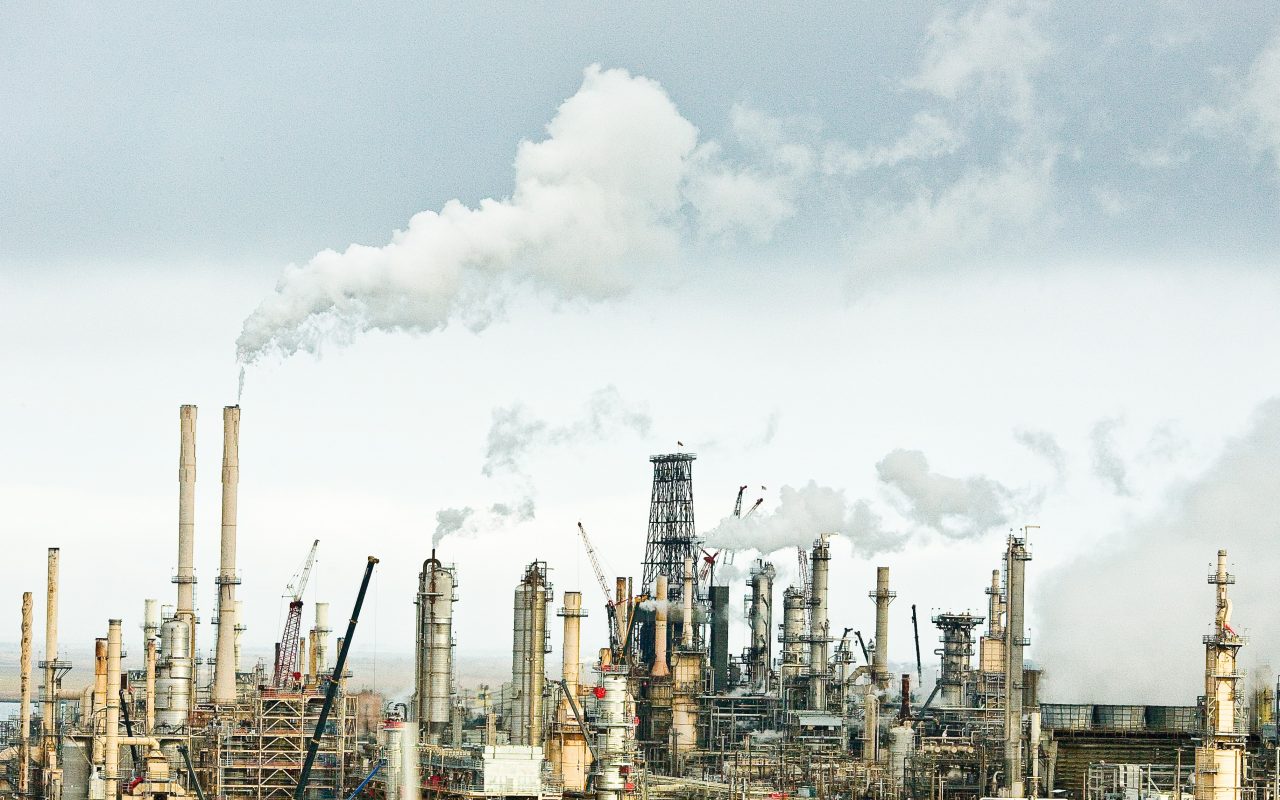In the realm of environmental policy, one of the most controversial and debated topics is the concept of Cap and Trade. This innovative approach to tackling climate change has sparked heated discussions among politicians, scientists, and economists alike. Let’s delve into the intricacies of Cap and Trade to understand its implications and impact on the environment and the economy.
The Basics of Cap and Trade
Cap and Trade is a regulatory system designed to limit the amount of greenhouse gas emissions that companies can release into the atmosphere. The government sets a cap on the total amount of emissions allowed, and then distributes or auctions off permits that allow companies to emit a certain amount of pollutants. If a company exceeds its allotted emissions, it must purchase additional permits from other companies or face heavy fines.
The Rationale Behind Cap and Trade
The underlying principle of Cap and Trade is to create a financial incentive for companies to reduce their carbon footprint. By placing a price on carbon emissions, companies are motivated to invest in cleaner technologies and practices to stay within their emissions limit. This market-based approach is believed to be more cost-effective and flexible than traditional regulatory measures like strict emissions standards.
The Controversy Surrounding Cap and Trade
Despite its theoretical efficiency, Cap and Trade has faced criticism from various quarters. Some argue that it allows polluters to simply buy their way out of reducing emissions, rather than making real efforts to curb pollution. Others criticize the complexity of the system, which can be prone to market manipulation and fraud. Additionally, there are concerns about the potential impact of Cap and Trade on disadvantaged communities, who may bear the brunt of pollution from industries trading emissions permits.
The Environmental Impact of Cap and Trade
Proponents of Cap and Trade argue that it is a crucial tool in the fight against climate change. By putting a price on carbon emissions, the system aims to incentivize companies to reduce their pollution levels and transition to cleaner energy sources. Studies have shown that Cap and Trade programs can lead to significant reductions in greenhouse gas emissions over time, contributing to overall environmental sustainability.
The Success Stories of Cap and Trade
Several regions around the world have implemented Cap and Trade programs with varying degrees of success. For example, the European Union Emissions Trading System, one of the largest carbon markets globally, has helped reduce emissions in participating countries. Similarly, California’s Cap and Trade program has been lauded for its effectiveness in achieving emission reductions while generating revenue for clean energy projects.
The Challenges of Implementation
While there are success stories, implementing Cap and Trade is not without its challenges. Designing a fair and transparent system that accurately reflects emissions levels can be complex and time-consuming. Moreover, ensuring compliance and preventing fraud requires robust monitoring and enforcement mechanisms. As such, policymakers must carefully consider these factors when designing and implementing Cap and Trade programs.
The Economic Implications of Cap and Trade
In addition to its environmental impact, Cap and Trade can have significant economic implications. By putting a price on carbon emissions, the system can create new revenue streams for governments and incentivize investment in clean technologies. At the same time, it may also lead to higher costs for industries that rely heavily on fossil fuels, potentially affecting consumer prices and competitiveness.
The Debate Over Economic Efficiency
Economists are divided on the economic efficiency of Cap and Trade. Some argue that it allows for the most cost-effective distribution of emission reductions, as companies can choose the most efficient way to comply with regulations. Others caution that the system can lead to market distortions and windfall profits for certain industries, depending on how permits are allocated and traded.
The Role of Innovation and Adaptation
One of the potential benefits of Cap and Trade is its ability to spur innovation in clean technologies. By creating a market for emissions permits, the system encourages companies to invest in research and development of sustainable practices. This, in turn, can drive economic growth and create new opportunities in the burgeoning green economy. However, businesses must also adapt to the changing regulatory landscape and invest in sustainable practices to remain competitive in a carbon-constrained world.

